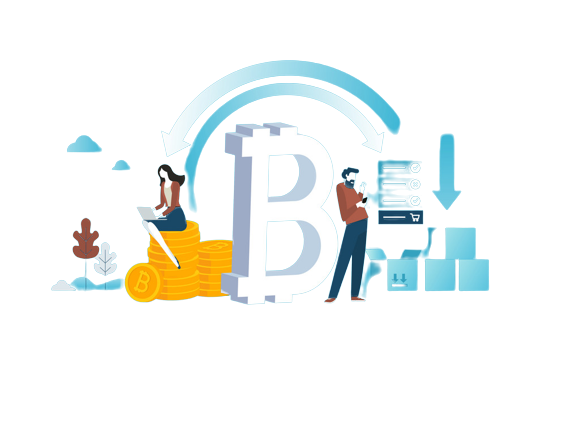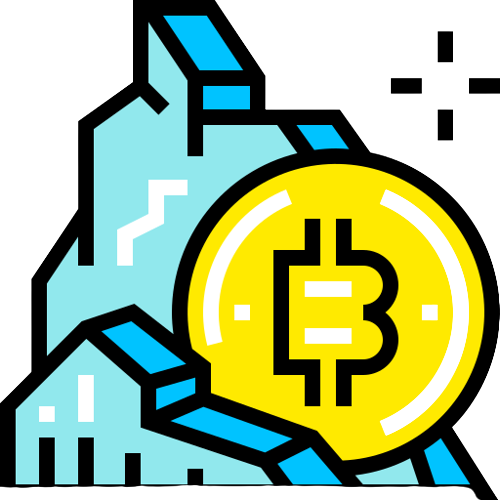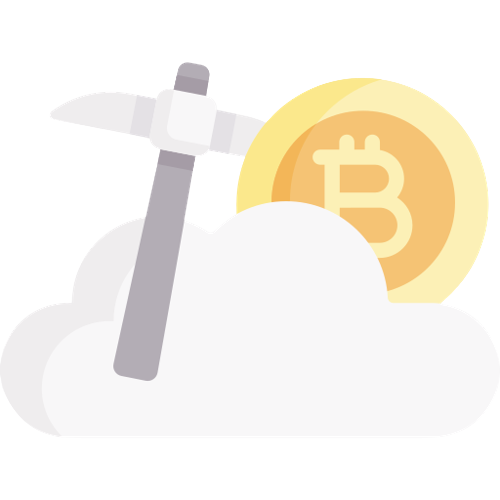
Blockchain technology has introduced a revolutionary new approach for recording and sharing data in a decentralized, transparent, and immutable manner. Underpinning nearly every blockchain network is the mainnet – the primary production environment where transactions occur and data is permanently recorded.
Understanding mainnets is key to comprehending the technical foundations and real-world workings of blockchains like Bitcoin and Ethereum. This guide will demystify mainnets at both a conceptual and technical level. We’ll cover:
-What exactly a mainnet is and its role
-How mainnets work on a technical level
-Key properties like decentralization, immutability, finality
-Mainnet launches and migrations
-Interacting with mainnets via nodes, wallets, and APIs
-Mainnet security considerations
-The future scalability challenges facing mainnets
By the end, you’ll have a solid grasp of what mainnets represent, how they enable blockchains to function, and the critical services they provide. Let’s dive in!
Defining Blockchain Mainnets
A mainnet, short for the main network, represents the primary production environment of a blockchain protocol where transactions are permanently recorded and propagated in a decentralized manner. It’s the main public network for a blockchain that utilizes native tokens.
In practical terms, mainnets form the official shared databases powering blockchains. They provide the backend infrastructure enabling features like:
-Issuing and tracking asset ownership
-Executing and settling transactions
-Running applications and smart contracts
-Rewarding blockchain contributors
By a coordinated global effort of computing nodes validating transactions, mainnets enable blockchain capabilities at scale in the real world. They also represent the official status and historical record of the network.
Major live mainnets powering top cryptocurrency networks include Bitcoin, Ethereum, Solana, Cardano, and Binance Smart Chain. Each function is the backbone facilitating all network activity and data persistence for its respective blockchain.
How Mainnets Work
Mainnets run via a network of decentralized node operators that perform transaction validation and block creation. Here is the high-level process:

Transaction initiated – A user sends tokens or triggers a smart contract.
Propagation – Network nodes receive and relay the transactions across the P2P network.
Validation – Nodes check transaction syntax and confirm account balances are sufficient.
Grouping – Valid transactions are bundled together into candidate blocks by miners/forgers/validators.
Consensus – Using the blockchain’s scheme like proof-of-work or proof-of-stake, nodes agree on the authoritative block.
Addition – The authoritative block is committed to the chain and the transaction is complete!
This simplified flow shows how mainnets leverage decentralized nodes to process and confirm transactions transparently in a tamper-proof, resilient manner without centralized intermediaries.
Let’s examine some key technical properties of mainnets as a result of this architecture.
Mainnet Properties and Characteristics
Well-designed mainnets exhibit technical properties that provide essential security, reliability, transparency, and finality:
Decentralization – Numerous globally distributed node operators run the network to prevent centralized control over transactions.
Immutability – Confirmed transactions and blocks cannot be altered, only appended to. Enables trustless exchange.
Consensus – Nodes agree on the authoritative chain through advanced algorithms like proof-of-work or proof-of-stake.
Validation – Nodes verify all transactions match protocol rules like account balances and syntax before confirming.
Finality – Once sufficiently embedded, transactions are considered permanent with extremely low risk of reversion.
By achieving these properties at scale, mainnets establish blockchains as credible transaction ledgers and state machines. However, it requires immense computing resources and coordination.
Launching and Migrating Mainnets
Before a production mainnet launch, blockchains generally undergo testing and bug fixing on development testnets:
-Testnets operate like experimental sandbox environments for testing beta software and functionality.
-They utilize test tokens and may partially or fully reset states during upgrades.
-Testnets allow nascent networks to be battle-tested in a low-risk environment.
Once sufficiently robust, mainnet migration can proceed in phases:
1. Mainnet code is feature frozen and a genesis block is produced.
2. Some testnet data may be copied over to populate the initial mainnet state.
3. Testnet is often maintained temporarily in parallel before eventual sunsetting.
4. Token balances are snapshotted on the testnet and allocated to the mainnet via an airdrop or swap.
5. Network contributors upgrade infrastructure to point at the new mainnet.
6. Mainnet launches officially!
This gradual mainnet rollout enables a smooth transition for users and decentralized network operators.
Interacting With Mainnets
Users and developers connect to blockchain mainnets in various ways:

Wallets – Selecting the best crypto or Bitcoin wallet helps to send transactions and check balances. Interface using simplified APIs.
Nodes – To relay and validate transactions. Require running full node software.
Explorers – To easily search, view, and analyze network activity. Offer API access.
Libraries/SDKs – APIs and dev tools to build applications interacting with the mainnet.
Faucets – Get test tokens on testnets to experiment. Mainnet requires real-value tokens.
Whether you want to send transactions, view data, or build decentralized apps, mainnets provide the foundation to interface with blockchains in the intended ways.
Mainnet Security Considerations
As the principal environment, mainnet security is paramount. Blockchains take various precautions:
-Enforcing stringent validation rules and consensus algorithms makes falsifying transactions nearly impossible.
-Encryption protects data transmission and storage. Multisignature schemes provide account-level control.
-Formal verification and testing during development minimize bugs and attack vectors. Bug bounties incentivize external scrutiny.
-Forking enables protocol-level threats to be severed from the mainnet.
-Ongoing network-wide upgrades via soft and hard forks allow improvements and new features while retaining continuity.
-Community monitoring provides crowd-sourced threat detection.
Still, mainnets do suffer incidents like 51% attacks and protocol-level exploits on occasion. However advanced blockchain architectures limit and contain risks fairly well compared to centralized systems.
Future Mainnet Scalability Challenges
As adoption grows, scaling mainnet transaction throughput and efficiency becomes imperative. Some emerging solutions include:
Sharding – Partitioning to spread validation and data storage workload across subsets of nodes.
Layer 2 scaling – Moving lower priority transactions off-mainnet while retaining security through mainnet anchoring.
Consensus optimizations – Tweaking agreement algorithms to be faster and more efficient.
Compression – Using smaller transaction sizes to fit more into blocks.
Partition tolerance – Improving coordination across parallel chains working together.
Hardware improvements – Leveraging faster CPUs, connectivity, and disk storage.
There is no single perfect path forward. Tradeoffs exist between decentralization, security, and scalability. But great minds continue innovating to overcome limitations.
Conclusion
Mainnets represent the foundation enabling blockchain networks to facilitate decentralized, trusted digital transactions at a global scale. Their architecture provides essential technical properties while also presenting complex challenges.
By distributing infrastructure across nodes and utilizing advanced cryptography and software algorithms, mainnets establish resilient backgrounds that users can trustlessly build upon with applications handling value at a massive scale.
With this conceptual and technical understanding of mainnets, you can now better appreciate the backbone powering blockchain innovation and the efforts required to operate these dynamic systems. Just remember the nuances if you find yourself explaining mainnets to friends!